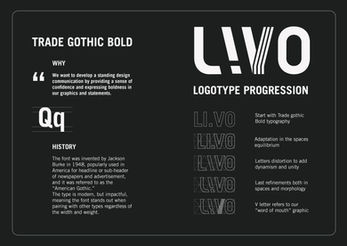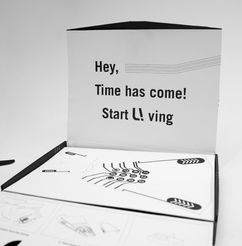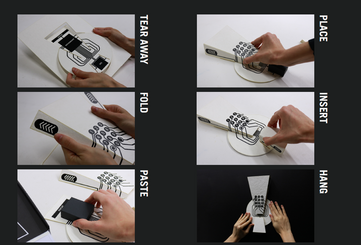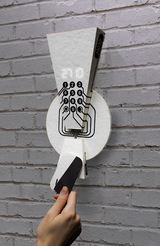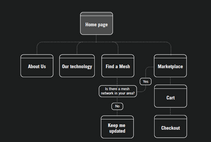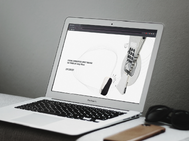Li.Vo
Duration: 3 months
Tools: Semi-structured interviews, Documentary research, Customer journey map, Prototyping, Product design, Role play, Storytelling, Scenario building, Case study analysis, Pitch development.
Team: Chiara Alberti, Kosta Dimitrijevic, Daniela Barilla, Martina Bon, Isabel Castro, Claudia Alvarez.
Client: Innovation studio with Valentina Auricchio, Stefana Broadbent, Marta Corubolo, Fabio Di Liberto, Ilkka Suppanen
Challenge
Design a product, using paper pulp, that belongs to a service for California in the year 2036.
Methodology
Social, technological, and environmental trends in the state of California were analyzed to then create a future scenario and develop the concept.
At the end of the project, we had:
- Documentary, quantitative and qualitative research
- Semi-structured interviews with California residents.
- Creation of scenarios
- Design of people
- Prototyping
- Brand strategy
- Promotional video
Challenges and learning
We learned to design a feasible service considering social and technological trends, this implied projecting thinking about the technology and processes that will potentially be better developed in the year 2036.
From the point of view of teamwork, we managed to create a methodology to work taking into account the different time zones and work styles of other cultures. In the team we were people from Serbia, Colombia, Italy and Mexico.
Video
Imagine that you are in the middle of a natural disaster in which the network goes down, and you have no way to communicate to your loved ones that you are well. Li.Vo is a service that allows you to communicate through "mesh networks" without the need for internet.
Li.Vo _Details
Research and prototyping
We began with semi-structured online interviews with Californians to find out what initiatives related to migration, the environment, and natural disasters they were aware of, and to identify which issues they consider to be currently affecting them the most. The main findings were that natural disasters such as fires, water shortages and earthquakes are what they are most concerned about. They showed us earthquake kits that mostly everyone in Los Angeles has at home, and mentioned that a great problem when being in the middle of a natural disaster is that the telephone and internet service are saturated thus it's impossible to communicate to their loved ones that they are well.
After field research we clustered insights collected from interviews and desk research (related to California and technological and social trends). We then imagined a future scenario to design possible products and services that can be part of that scenario. After prototyping, having feedback from our mentors and iteration , we arrived to the final product.
Maps and blueprints
We map the interaction of Li.Vo with people considering the different usage scenarios. Whether in a daily context, which allows the user to get used to its use, and in an emergency situation. Thanks to the context of daily use, the people will know how to use Li.Vo to communicate to the community that they are well or if they need help during an emergency situation.










